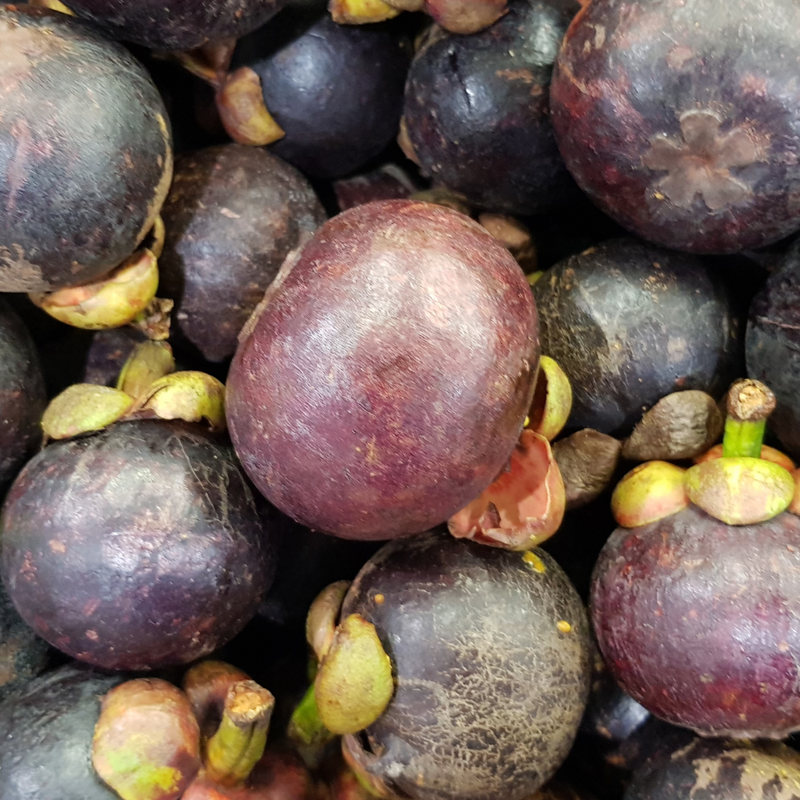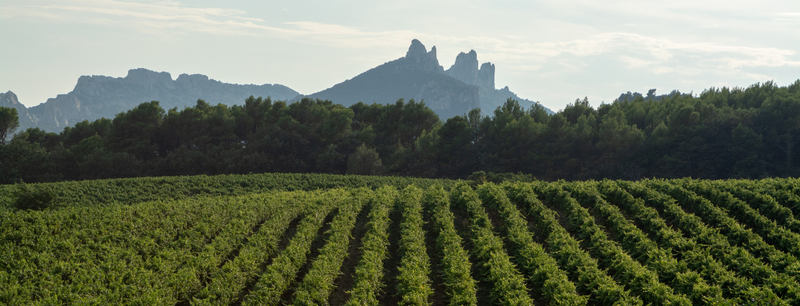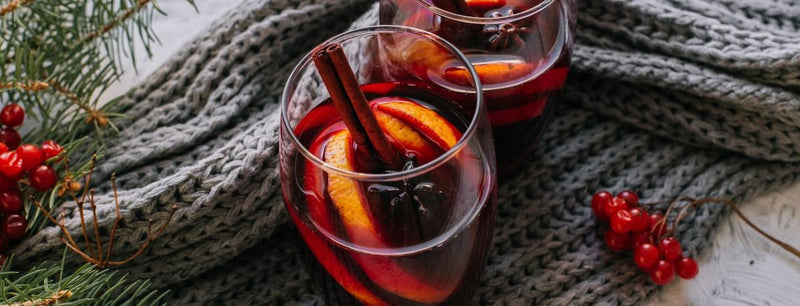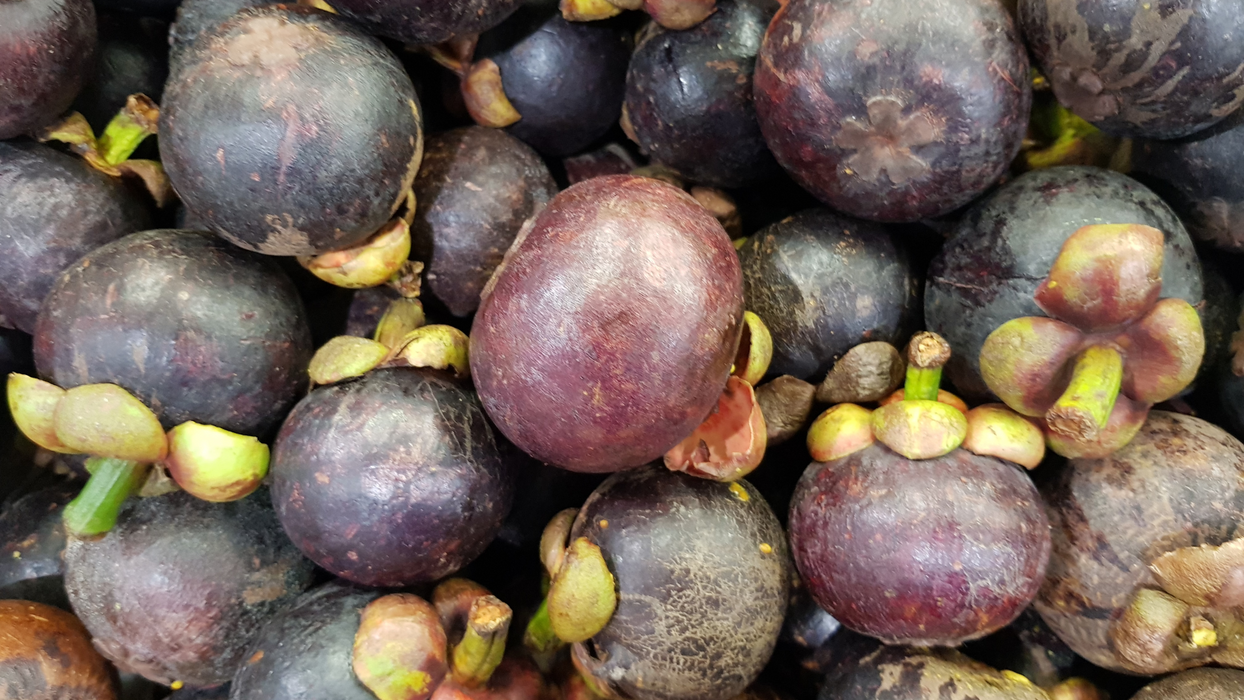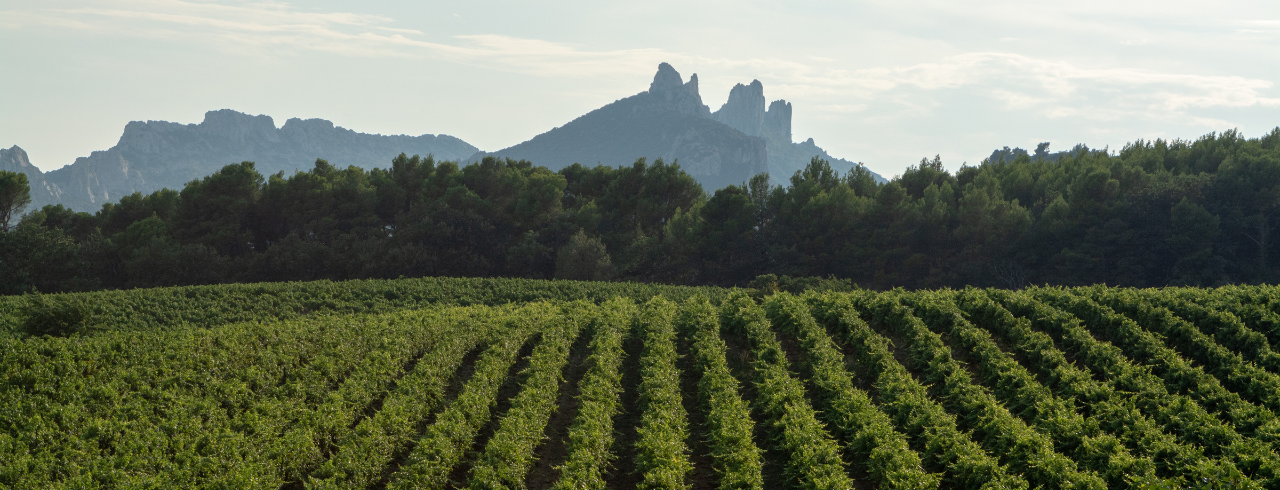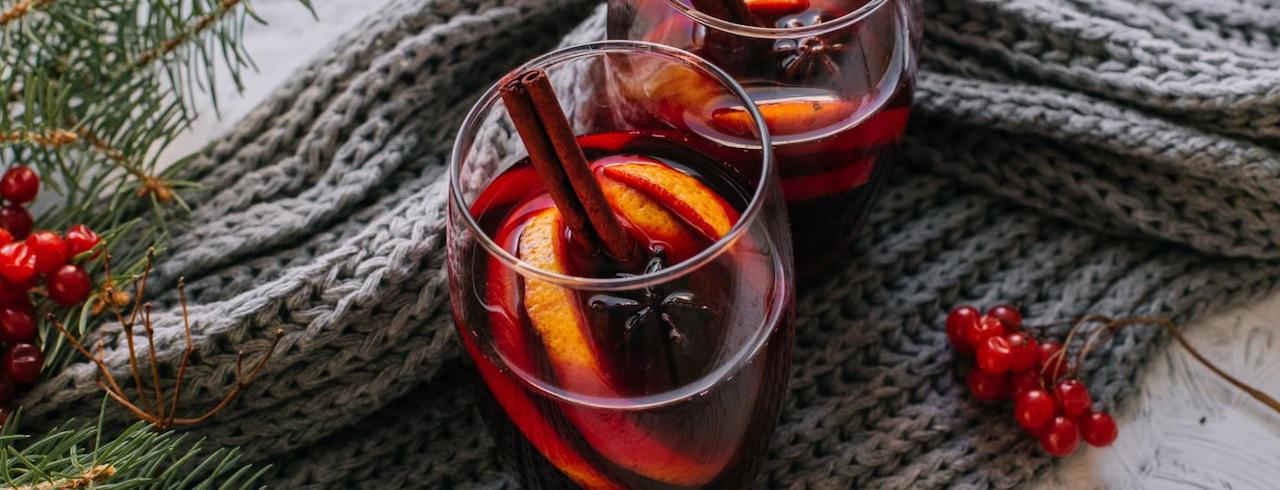
Understanding Wine Color
Wine color is an integral part of the wine industry as there is so much you can learn from a wine based on aesthetics alone.
Experienced sommeliers can sometimes determine the grape the wine is made from solely based on color.
A wine’s color indicates its age, so one can know what acidity or tannins to expect if one knows the difference between an older and younger wine hue.
But with so much information on wine color, let’s dive right in and see what else there is to learn.
Where Does Wine Color Come From?
Wine color isn’t dependent on the interior of the grape but on the vinification process, PH level, and grape skin color.
Since grapes are clear on the inside, the contact of grapeskins with the juice is what gives wine its pigment. The longer the skins have been soaking in the juice, the darker the wine color will be.
For example, Rosé wine results from having been fermented with grape skins for a short time.
While terroir and grape variety affect the color and thickness of the grape skins, forming a wine’s color happens during the maceration and fermentation processes.
Maceration
The process by which a wine grape’s phenolic compounds and anthocyanins (color compounds) are juiced from the grape skins and developed into a “must.” Maceration is when the grape skins are soaked in the “must.”
Fermentation
The process of holding a “must” (raw grape juice) for a period of time as the sugars turn into alcohol, becoming wine.
How Many Wine Colors Are There?
The answer to this question is ambiguous, as red wines alone can be found in about 40 different shades. Therefore, the color concentration for most wines is seemingly endless.
To simplify this, there are five broad categories of wine color:
1. Red
Red wine is produced when the anthocyanins in the grape skins are macerated and fermented to the point where they stain the wine. Longer maceration can carry into the fermentation process, even when the lees or yeast has converted the residual sugars into alcohol.
Depending on the age of the red wine or whether it’s light-bodied or full-bodied, red wine colors can range from pinkish hues to deep purple and ruby colors to faded rust.
2. White
White wine colors can range from nearly clear white to buttery golden colors. Sometimes rust colors or green hues seep in as well. Unlike red wines, lighter white wines aren’t usually fermented in the grape skin, which results in a paler color.
Think of the color difference between Pinot Grigio and Chardonnay. The first is a white gold/light yellow color, while the latter is often more of a deep, buttery gold.
3. Pink
Pink wine, like Rosé, is made from red grapes using the same process as red wine. However, the grape skins are only in contact with the wine must for an extremely short time. The less time the grape skins touch the wine, the lighter the color and vice versa.
4. Yellow
The Jura grape varietal is grown in the French wine region of the same name between Burgundy and Switzerland. The wine is known as Vin Jaune and has been nicknamed “the gold of Jura” for its distinctive yellow color. This wine varietal is one of the only ones truly considered to be in the “yellow wine” category.
Vin Jaune grapes are picked late to give the sugars enough time to fully develop for higher alcohol potential. The wine is then fermented slowly in oak barrels.
5. Orange
Orange wine is a less common wine than the others previously mentioned, but it is actually a variation of white wine. It is made by leaving the white grape skins and “must” to macerate and ferment for a more extended time instead of separating the “must” from the grapes early on.
This is the same process used for making red wine.
Orange wine has a higher tannin content than white wines and often has a fermented, beer-like flavor.
How To Judge A Wine By Its Color
Can you tell what a glass of wine will taste like before you even sip? There are a few hints wine color can give you regarding sweetness level, tannins, acidity, age, and more.
Red Wine
For red wine, a darker color typically indicates a bold flavor and high tannins and acidity.
However, if you tilt the wine in the glass enough to see the edge or rim, there could be colors that tell a slightly different story. If your red wine has a blue tint near the rim when the glass is tilted, it likely has lower acidity.
You might notice this blue color in red wines like Syrah.
Bold red wines usually have a higher alcohol content per volume and tend to be darker in color.
Light-bodied red wines like Pinot Noir will have a clearer ruby hue, while medium-bodied red wines like Sangiovese are a bit darker but not as dark as a Merlot or Cabernet Sauvignon.
Aged Wine
As red wine ages, the color becomes lighter. Eventually, an older red wine might take on an orange or rust-colored hue.
If you tip the your wine glass in the light, you might notice an outer rim differing in color ever so slightly. If the color is lighter, making the rim appear “wider,” the wine you are drinking is likely older. A younger wine will have a tighter or darker rim.
White wine is the opposite as it becomes darker and more concentrated in color as it ages. A very old white wine might take on a deep gold or straw-like color.
The color of a wine will also depend on how it is aged. Wine aged in oak barrels is exposed to more oxidation, which will lighten or darken its color, whereas wine aged in steel barrels will maintain its true color longer.
White Wine
You can also tell how light or full-bodied white wine is based on its color. A lighter wine is light in body, while a medium-bodied wine is a bit darker, and a full-bodied wine is almost gold.
A white wine with a greenish tint is likely on the savory side. A darker white wine has more fruit flavors like apricot or mango or is oakier or more buttery.
For example, a deep gold Chardonnay is more buttery and on the dryer side, while the Hungarian wine Tokaj is sweet.
Sweet Wine
Sweet wine can be a little tougher to determine at first glance as there isn’t a perfect method for determining how sweet a wine is solely based on its color.
Port Wine, for example, is often a deep purple or reddish color and is considered a dessert wine. Merlot can be just as dark but not considered sweet, so not all dark red wines should be considered sweet.
Overall, there are more sweet white wines than there are red wines. Moscato wines are often light in color and are considered to be on the sweeter side.
At the same time, many light white wines like Sauvignon Blanc have a bone-dry taste, while a more golden white wine is associated with oaky or sticky sweet flavors.
Sweetness in wine depends on how much residual sugar is retained during the fermentation process. If you are still trying to decide, check the bottle of wine for alcohol content. Higher alcohol means there are more residual sugars.
It depends on the grape as well. If a wine's sweetness level results from closer contact with the grape skins, it will take on a more concentrated color.
Sparkling Wine
Sparkling wine, whether white, rosy, or red, will often have a lighter hue. Bubbles in these wines might also be easy to see, indicating their carbonation.
Fortified Wine
Fortified wine is a wine that’s had a distilled spirit added to it, giving it a higher alcohol content. It can be found in many colors, from light white to deeper red.
Some fortified wines take on more rustic or reddish hues like brandy and might even look slightly watery.
Every Shade Tells a Story
While many aspects determine a wine’s color, including soil terroir and grape skin thickness, the concentration will vary greatly depending on how the wine is macerated and fermented.
Color might not tell us everything about a wine, but there are many clues color and tint give to help lead us in the right direction of profiling a wine.
We hope you’ve enjoyed this introduction to understanding wine color and hope this brings you one step closer to having the eye of a sommelier.
For more wine industry deep dives like this one, see the Wine Insiders Blog, and don’t forget to check out our diverse wine shop!
